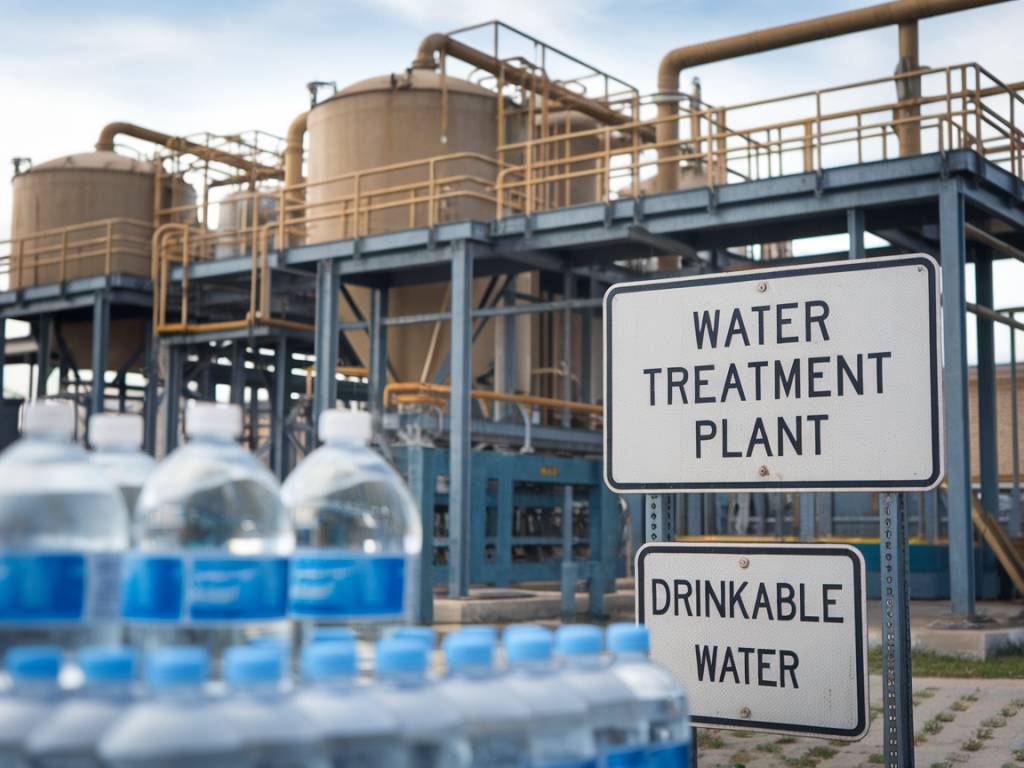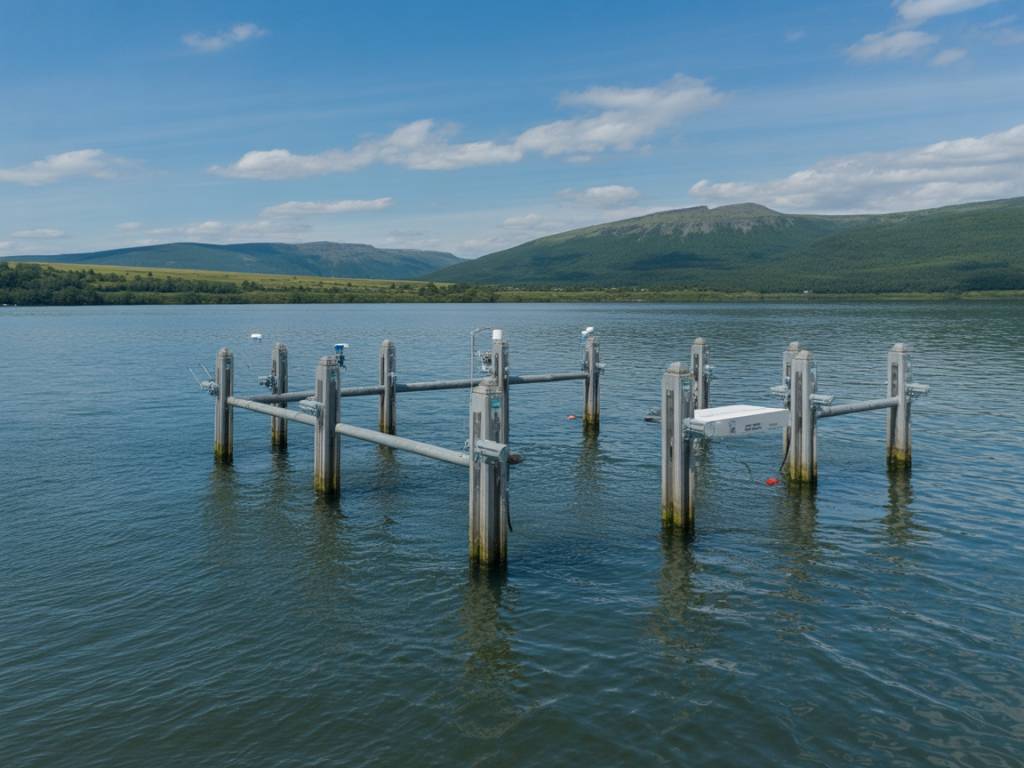In the tranquil dance of droplets beneath the sunlight, there lies a silent specter, a guest uninvited in our waterways—the PFAS. What are these mysterious compounds, and how do they weave themselves into the fabric of our aquatic lives?
Understanding PFAS: The Forever Chemicals
At first glance, the term PFAS might appear like just another name on a lengthy list of scientific jargon. Yet, these « forever chemicals, » as they’re ominously dubbed, play a significant role in modern environmental discussions. Per- and polyfluoroalkyl substances (PFAS) are a group of man-made chemicals that have been manufactured and used worldwide since the 1940s. Their unique properties make them resistant to water, grease, and stains, which is why they’re found in everything from non-stick cookware to water-repellent fabrics.
However, the very characteristic that makes PFAS invaluable in manufacturing—their persistence—also spells trouble for our ecosystems. The same resilience that enables them to survive the cooking flames ensures they endure in our environment, refusing to break down naturally over time. But how exactly do these chemical phenomena affect the pristine world of water safety?
The Infiltration of Waterways
Imagine a river, its clear waters flowing with a purity that seems untainted by the march of progress. Yet beneath its glittering surface, PFAS can lurk, introduced through industrial discharge, runoff from firefighting foams, or leachates from landfills. These chemicals, like spectral shadows, are carried far and wide, often ending up in drinking water supplies.
The impact on water safety is profound and, unfortunately, not fully understood by the general public. PFAS have been detected in water systems across the globe, with some areas registering alarmingly high concentrations. They have a unique way of settling into the water matrix, blending seamlessly with the fluid’s natural essence, making detection and removal a challenging endeavor.
Human Health and Environmental Concerns
As silent usurpers, PFAS pose significant health risks. Studies have linked long-term exposure to these substances with various health issues, including high cholesterol levels, changes in liver enzymes, increased risk of thyroid disease, and even certain types of cancer. For communities relying on contaminated sources, this can transform an essential life-giving resource into a potential health hazard.
The environmental impact is equally grave. Wildlife, from fish in streams to birds in estuaries, can accumulate PFAS in their systems, leading to bioaccumulation up the food chain. This phenomenon not only disrupts ecosystem balance but also affects biodiversity, as species sensitive to pollutants are pushed toward extinction.
Technological Solutions: Filtering the Infiltrators
Yet all is not lost at the hands of these unyielding adversaries. Just as rivers carve through mountains, technology carves pathways to solutions. Recent advancements in water treatment technologies have shown promise in tackling PFAS contamination. Techniques such as activated carbon adsorption, ion exchange, and high-pressure membrane filtration have emerged as viable methods for removing these chemicals from water supplies.
These strategies are akin to a balletic choreography of science and engineering, each step calculated to cleanse the waters of their unwanted guests, restoring a semblance of purity. However, these methods are still developing and require significant resources and infrastructure to implement effectively at scale.
Addressing PFAS through Policy and Awareness
While technology pioneers the way, policy and public awareness form the sturdy bridge over troubled waters. Addressing PFAS contamination requires stringent regulations and comprehensive monitoring to prevent further pollution. Governments worldwide are beginning to acknowledge this and are crafting legislation aimed at reducing PFAS use and setting maximum contaminant levels in water sources.
Raising public awareness is equally critical. Communities informed about the presence and risks of PFAS can advocate for better protection measures and make informed choices about their water sources. Consumers can also drive change by opting for PFAS-free products, thus reducing demand and encouraging industries to adopt safer alternatives.
The Journey to Clean Waters
The narrative of PFAS in our water is not just a tale of contamination but also one of innovation and resilience. It calls upon us to rethink our relationship with chemicals and the environment, urging us to shift from mere awareness to actionable change.
As we navigate the undulating currents of our world’s water systems, understanding the whispers of PFAS and the stories they tell becomes pivotal. The dance between water and these chemicals is complex, but with knowledge, technology, and collective effort, we can compose a future symphony that harmonizes with nature’s own rhythm. Shall we dare to embark on this journey toward untainted waters and a healthier planet?




